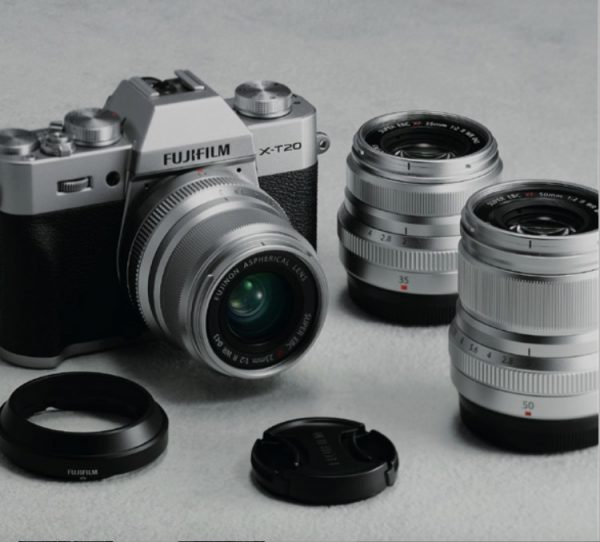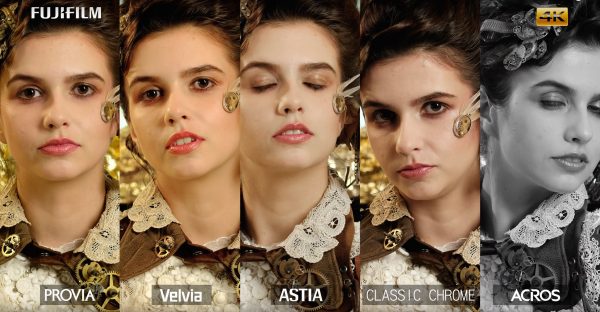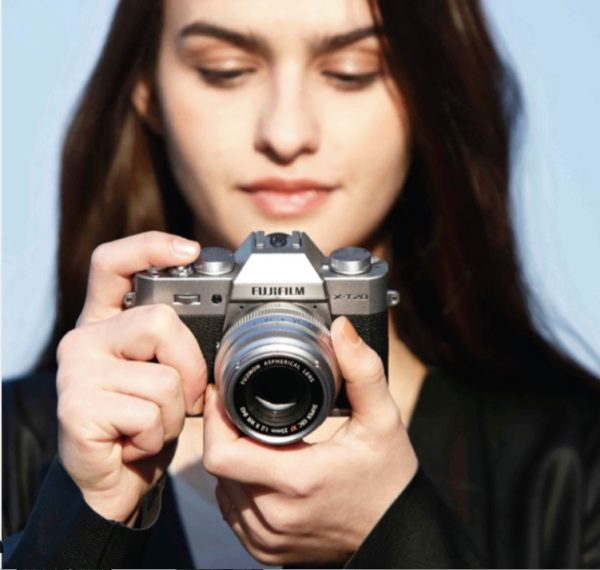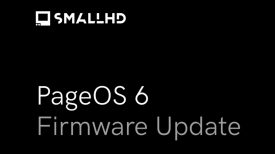Fujifilm have today updated their X series of cameras with the addition of the X-T20 mirrorless compact system camera with an APS-C sized sensor. Essentially, this is a refresh of the current X-T10, using a similar retro-styled body, but with the addition of several key features from the high end X-T2. The sensor is the same 24.3MP X-Trans type found in the X-T2 which we already know to be capable of some lovely imagery.

Of interest to videographers will be the inclusion of a 4K (3840 x 2160) video mode with frame rates of 24p/23.98P, 25P, and 29.97P at 100Mbps internally to UHS Speed Class 3 SD cards. You can also shoot up to 1080/59.94P internally. In video mode the aperture, shutter speed and ISO can be set manually.
You can combine this with Fuji’s excellent film simulation modes from the X-T2, which allow users to easily burn in a series of looks to their footage (at the expense of dynamic range compared to Log shooting).

The camera can also output a clean 8-bit 4:2:2 4K signal over HDMI for external recording and this can be triggered using the shutter button when used with a compatible external recorder. It is worth noting that the X-T20 promo video below was shot on the X-T2, which should give you an idea of the image quality that both cameras are capable of:
So far, so good. On the downside the camera’s internal recording is limited to approximately 10 minutes in 4K, and around 15 minutes in FullHD. Perhaps more annoying is that the camera doesn’t have Fujifilm’s F-Log gamma – especially considering that Sony include S-Log on the competing a6300.
For audio there is a 3.5mm mic input jack, but no headphone jack. On the X-T2 the headphone jack is oddly located on the accessory battery grip. The X-T20 doesn’t have a battery grip option so it seems unlikely that there is an easy solution to this.

Autofocus is improved over the X-T10, but don’t expect Sony a6300/6500 level performance in video mode. Fuji’s own lens range for the cameras is now quite comprehensive – although most of their lenses focus the opposite direction to Canon and cine lenses. Luckily there are many adapters on the market that allow you to attach a wide range of other lenses including PL cine glass.
On the design side the X-T20 has a nice, compact body than may well suit multimedia journalists looking for something compact, yet easy to use. It has a 2,360K-dot OLED EVF as well as a 3 inch 1040K-dot tilting rear LCD screen. There is a new dedicated video position on the mode dial, a small but useful change.
The X-T20 looks like a well put together camera that has a lovely look and feel. The video functions are good, but not class leading. If you want a small, stylish stills and video camera with interchangeable lenses it is certainly worth a look though.





